Sequels can often be inferior cash grabs, but there are a few very successful horror film follow ups that rise to the level of cult classic status.
Horror, probably more than any other genre, is always ready to cash in on making a sequel once the first movie finds success. Once the title finds success, the writers will keep turning scripts until the studios will not pick them up — or until they are unable to find to finance them. Some horror series have made quite a nest egg for themselves. Successful multi-film franchises include Friday the 13th, Saw, Jaws, Scream, A Nightmare on Elm Street, and Halloween (among many others).
While the first film in a franchise is often hard to top, some popular franchises can boast a sequel that was met with such success that it developed its own cult following. Many would even argue there are franchise sequels that rival or even surpass the first film in the series.
The slope here is slippery, because cult status has to do with more than just being commercially successful. Further, to qualify for this discussion, the films cannot simply be a remake of the original. We are only focusing on true sequels — nothing later than part 2 in a series.
Some of the examples that stand out most are Halloween 2, The Texas Chainsaw Massacre 2, The Devil’s Rejects, The Silence of the Lambs, and Dawn of the Dead.
HALLOWEEN 2
The original Halloween became the gold standard for indie horror for several reasons. Rather than relying on blood and gore, it used suspense and well-timed, effective jump scares to terrify the audience. Tension was created through an exceptional and highly memorable score. Great performances from the cast, including up-and-comer Jamie Lee Curtis and veteran actor Donald Pleasence, helped us care about the characters — increasing the stakes of the horror. The groundbreaking slasher film even received four stars from famed critic Roger Ebert.
The success of the 1978 movie made the 1981 sequel highly anticipated. However, it was met with much disappointment from the critics — especially Roger Ebert. But the fans did not agree with the critic consensus. They enjoyed seeing the return of actors Curtis and Pleasence. And although Carpenter passed directing responsibilities to Rick Rosenthal, he once again penned the script with Debra Hill.
Though the sequel was made three years following the release of Halloween, it picked right up with the original left off.
It also introduced the brother-sister storyline for Michael and Laurie Strode. The primary setting for this movie became the iconic Haddonfield Memorial Hospital. A major difference between the first and second movies was that Halloween 2 only used one actor to play Michael Myers (Dick Warlock). The original used multiple actors (Nick Castle, Tommy Lee Wallace, Tony Moran, and Jim Winburn).
True to the rules of a part two, there was more blood in the sequel — along with some memorable kills. Many fans cite Janet receiving a needle to the temple, Karen being drowned in the hot tub, or Jill being picked up with a scalpel among their favorite Michael Myers kills.
Whether it was the returning stars, top 10 kills, introduction of the brother/sister thing or shooting Michael in the eyes before blowing him up, the second movie has become a cult classic with a significant cult following.
THE TEXAS CHAINSAW MASSACRE 2
Another fan favorite sequel that rivals the original is TCM 2. Unlike Halloween 2, the popular final girl did not return to face off against her would be killer. Instead, a new iconic scream queen joined the film — radio disc jockey “Stretch” Brock, played by the lovely Caroline Williams.
But the film really took off for two very big reasons. One was the casting of veteran actor Dennis Hopper. And the other was the introduction of Bill Moseley as “Chop-Top” Sawyer.
The “Chop-Top” character immediately stole the show from his brother Leatherface, which is not easy to do. His quick wit, creepy personality, and unique look caught the attention of horror fans. Moseley was always using his lighter to heat a metal clothes hanger, so he could scratch his head and pick off chunks of meat to eat. This, along with his pale skin, metal plate, and scraggly hair, made him unforgettable. The final battle of the movie took place, not between Stretch and Leatherface, but between Stretch and Chop-Top.
Dennis Hopper immediately brought a street cred to the sequel that the first film didn’t have. He had already appeared in Easy Rider, Apocalypse Now, Hang ‘Em High, and True Grit to name a few. Hopper played Lieutenant ‘Lefty’ Enright, a Texas ranger who goes after the Sawyer family following the murder of his nephew Franklin.
Instead of showing the Sawyers in a gritty documentary format, part two gives us a look at the unusual family’s daily life with a comic twist.
The movie begins by showing Drayton Sawyer, aka “The Cook”, winning a chili competition in which his secret ingredient is human meat. Later, two guys in a car are introduced to Nubbins Sawyer, aka “The Hitchhiker.” This is the dead brother of Drayton, Leatherface, and Chop-Top. He is danced and pranced around by Leatherface. During the showdown between Leatherface and Lefty, “The Cook” accidentally gets his butt cut while hiding.
The movie poster for the movie even pokes fun at The Breakfast Club poster by putting the Sawyer family in all the same poses.
From the beginning of the movie, there was nothing serious about this sequel. But the fans did not care. They were happy to just be entertained, 12 years later, while getting reacquainted with their favorite cannibalistic family — and getting introduced to a new icon of horror: Chop-Top.
THE DEVIL’S REJECTS
From his iconic role as Chop-Top, Bill Moseley went on to play an equally memorable character as Otis B. Driftwood in Rob Zombie’s House of 1000 Corpses. He would later reprise his infamous role in the film’s sequel, The Devil’s Rejects.
Both movies had the returning characters of Baby (Sheri Moon Zombie) and Captain Spaulding (Sid Haig).
Further, both films revolve around a dysfunctional family similar to the Sawyer family, but minus the cannibalism.
In the first film, the three main characters function as part of a family of sadistic killers. In the sequel, Baby, Otis, and Captain Spaulding operate as a threesome of random killers.
The first movie gave us hints of comedy and the supernatural, all centered around a demented family. House of 1000 Corpses looked like the slightly more serious version of The Texas Chainsaw 2. In contrast, The Devil’s Rejects was filmed with the seriousness of the original Texas Chainsaw Massacre.
The Devil’s Rejects has become a cult classic because fans have become fixated on the characters and the realism that exists within the film — the chilling premise that a group of people could kill at random and without provocation.
THE SILENCE OF THE LAMBS
If movies that feel real are what viewers tend to favor, then that explains the tremendous success of The Silence of the Lambs with both fans and critics.
Not many realize that The Silence of the Lambs was actually a sequel. The first book that existed was called Red Dragon, and the movie that was made regarding the book was called Manhunter.
In Manhunter, the viewers are introduced to Hannibal Lecter. In the prequel, Dr. Lecter is a locked up cannibal psychiatrist, but he is aiding the “Tooth Fairy.” Through breaking the code to the “Tooth Fairy,” the detective is able to catch up to him. In The Silence of the Lambs, Dr. Lecter is the same but actually helps Agent Starling catch “Buffalo Bill.”
So what caused The Silence of the Lambs to become not just a cult classic, but a Hollywood Classic?
The answer comes down to casting. Clarice Starling was played by Jodie Foster, and Hannibal Lecter was played by Anthony Hopkins. Not only did the actors deliver career-defining performances, but Jodie Foster won the Academy Award for Best Actress while Anthony Hopkins won for Best Actor. The film itself won Best Picture, and Jonathan Demme won Best Director.
Aside from the awesome acting and how it was filmed, the reason the Academy recognized this horror/thriller was because of the story. The film made you buy into the characters first. The audience wants Agent Starling to succeed with her career. Viewers even feel for Hannibal Lecter. And you to want the governor’s daughter to be found.
The acting, realism, and story make this one stand alone as perhaps the best horror sequel of all time — at least with regards to how it is recognized by the Hollywood upper echelon.
DAWN OF THE DEAD
Unlike The Silence of the Lambs, Dawn of the Dead may never be recognized as a crowning achievement by members of the Academy. But in horror circles, it is considered one of the all-time greats.
In spite of its cult status, Dawn of the Dead was not considered the big dog of the George Romero series. That distinction belongs to Night of the Living Dead. But Dawn quenched the longing for Romero zombies that he gave viewers back in 1968.
Dawn came out 10 years later and focused on the hot topic of the time: commercialism.
The movie cleverly puts its main characters in a place where most would like to be during a zombie apocalypse — the mall. With access to all material objects, the survivors that make it to the mall should be able to survive for quite some time. However, the element of humans dealing with other humans always creates uncontrollable variables.
Because of the success of The Walking Dead, it is easy to look at Dawn of the Dead and critique the zombie quality, zombie kills, and zombie attacks on humans. But one must consider that this was 1978, so the special effects capabilities and budget were limited. Special effects master Tom Savini worked wonders to make the zombies, kills, and attacks look incredible. And that is one of the main reasons this film is widely considered a cult classic.
Night of the Living Dead is considered the classic by which many of the zombie rules were established. Day of the Dead became a favorite because the gore level was increased and the special effects were improved due to SFX advancements in the 80s. But in 1978, Savini showed viewers things they had never seen before with Dawn of the Dead.


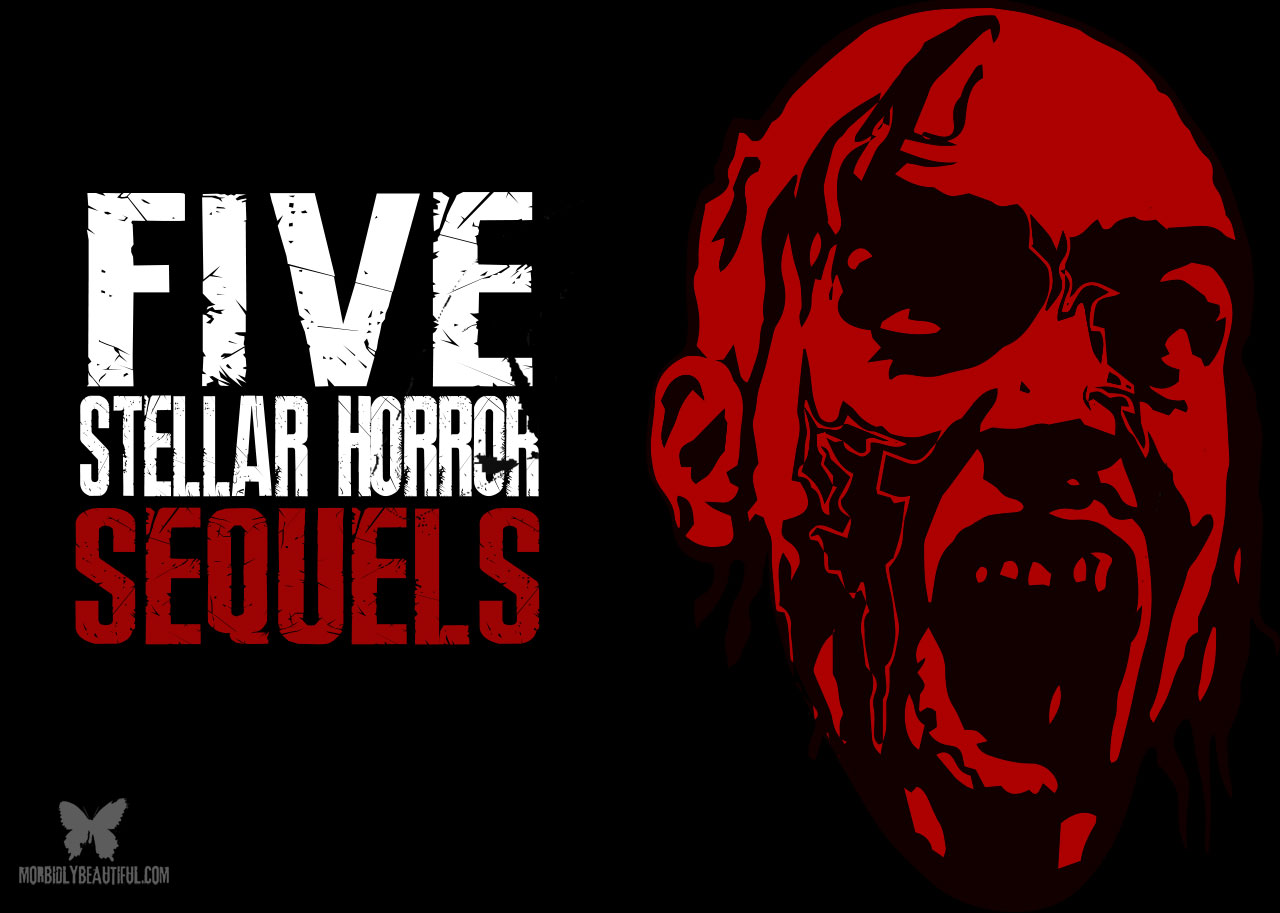

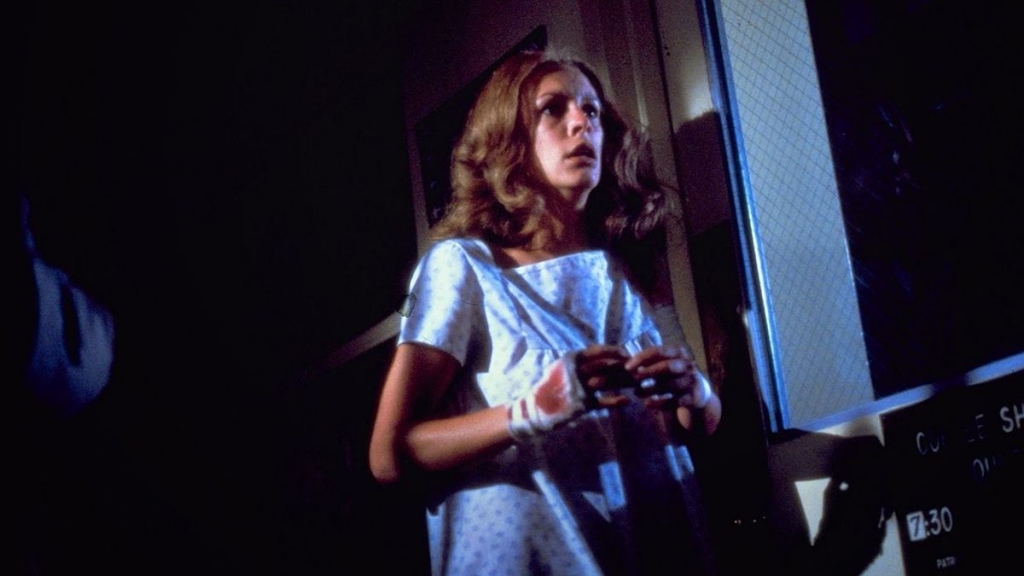

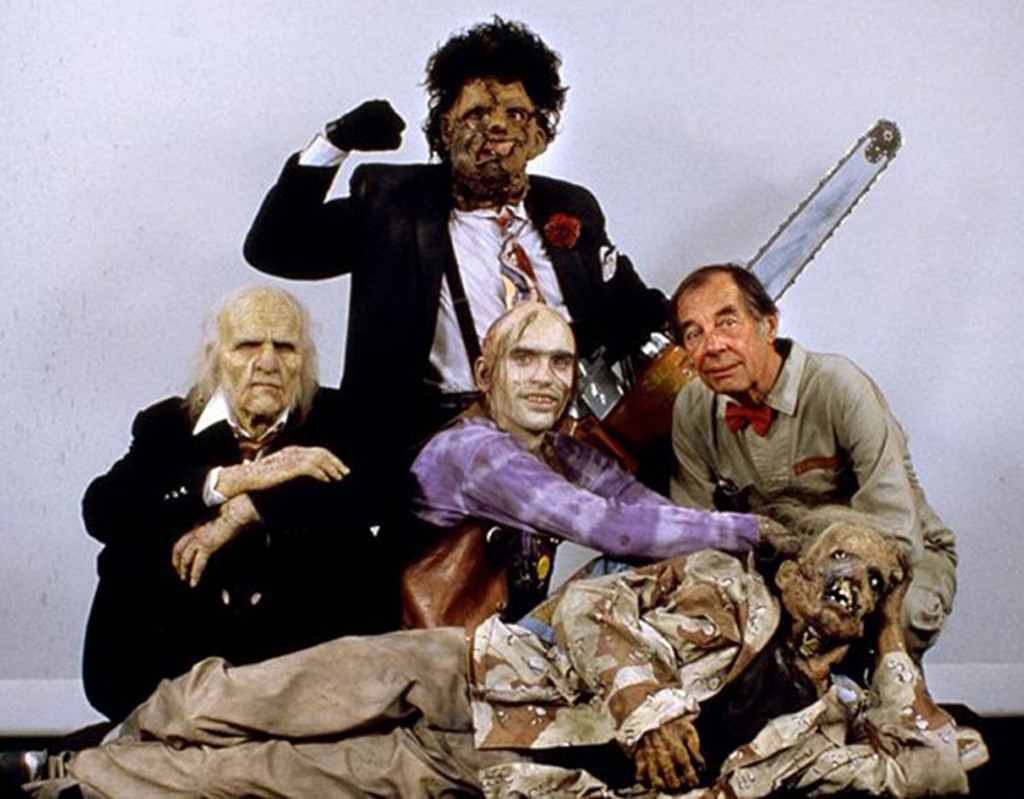
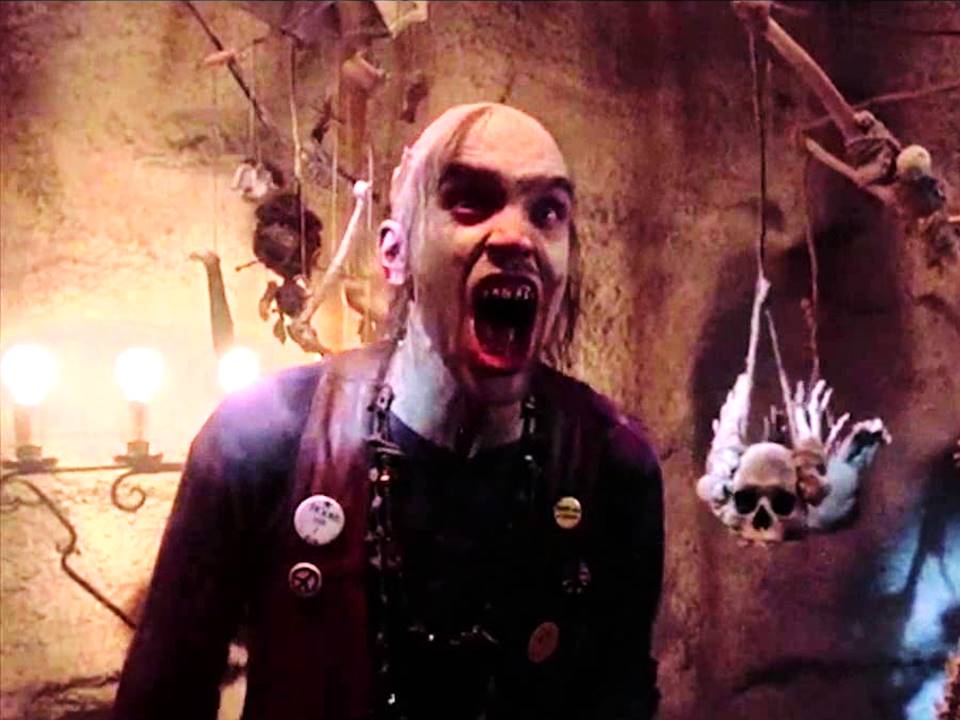
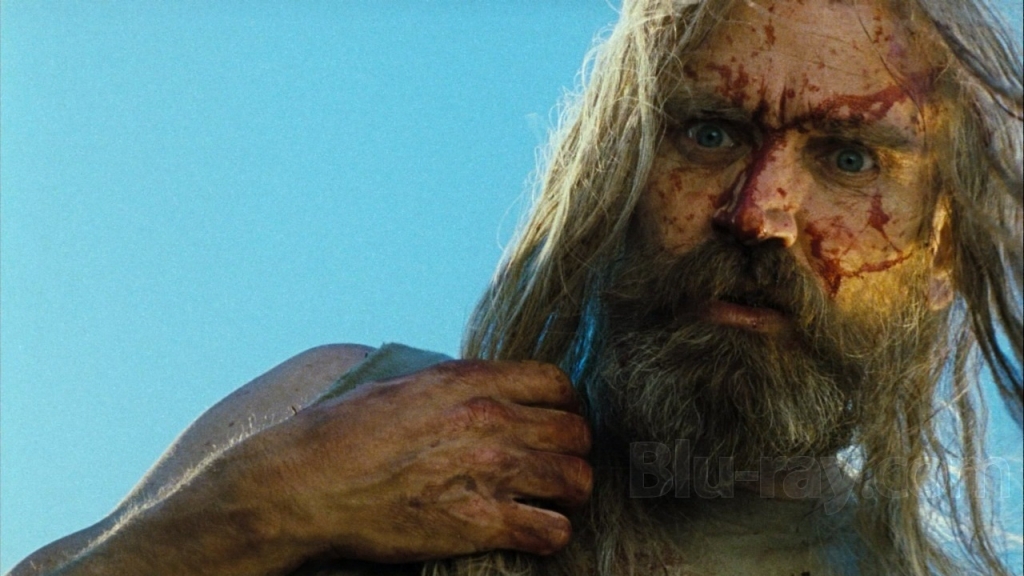
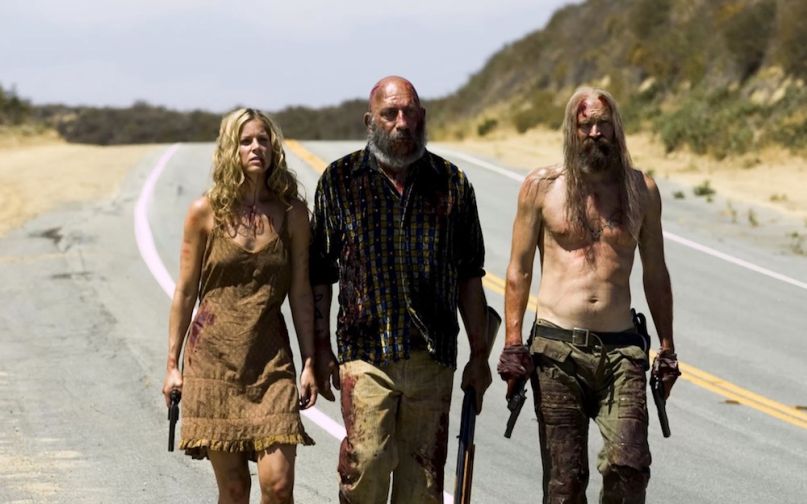
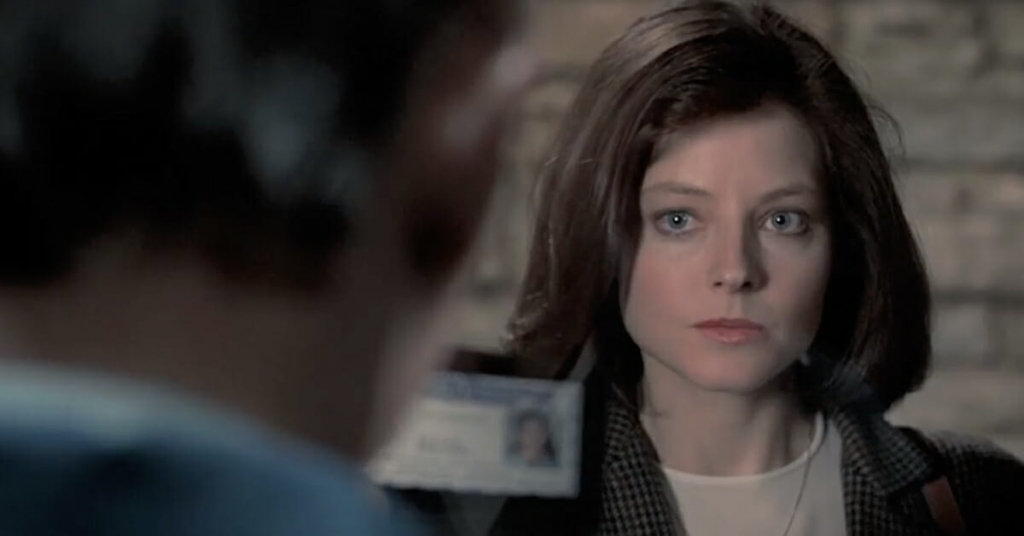
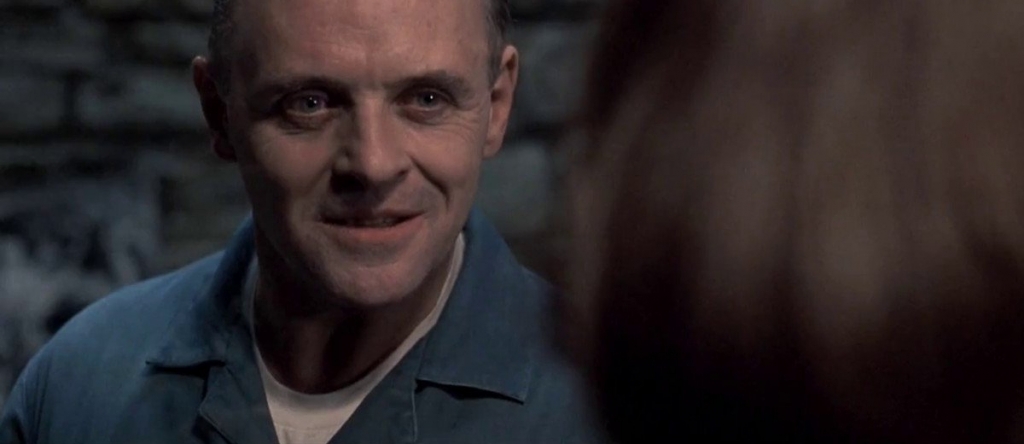
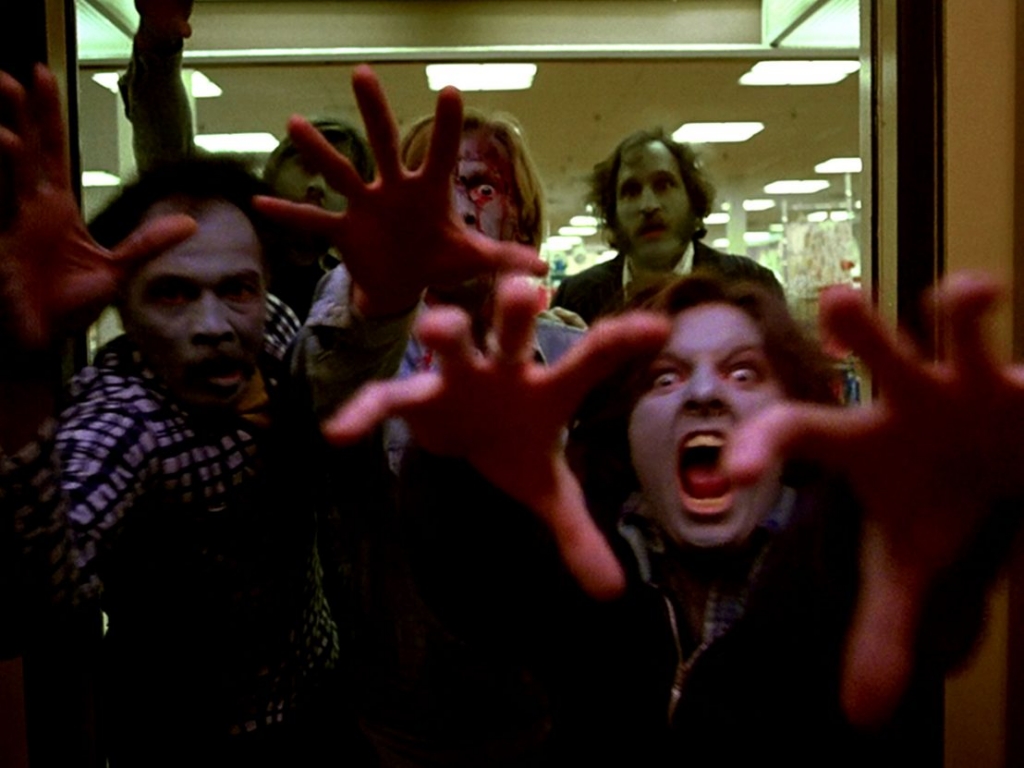
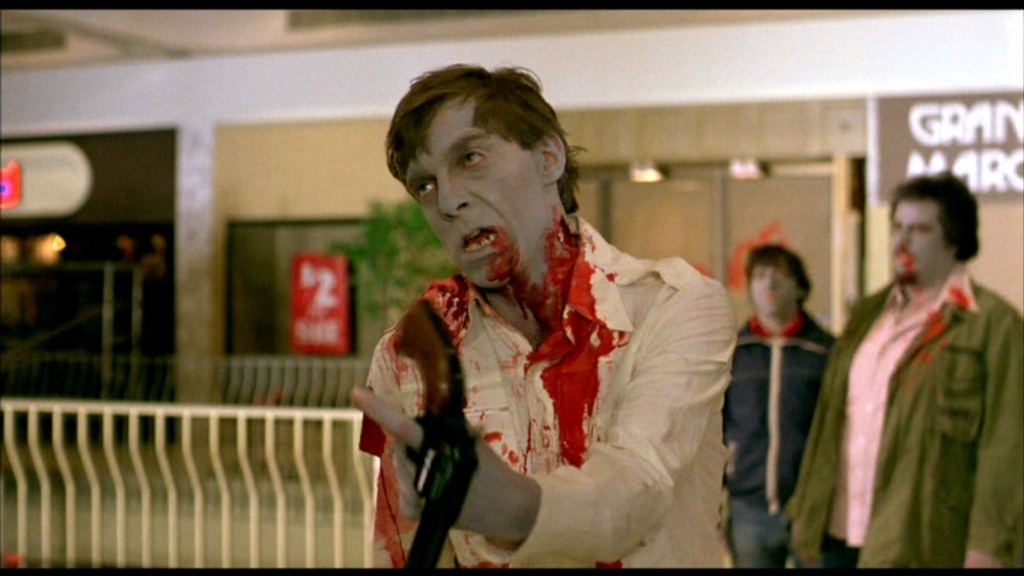



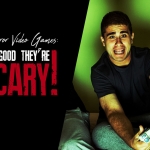





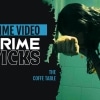


Follow Us!